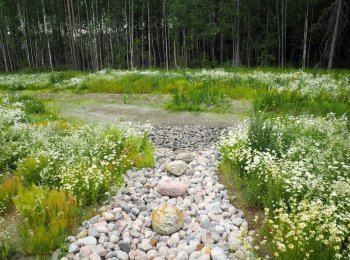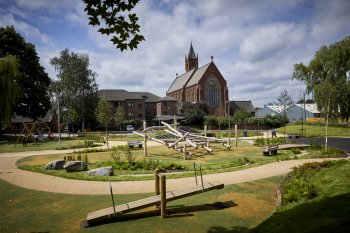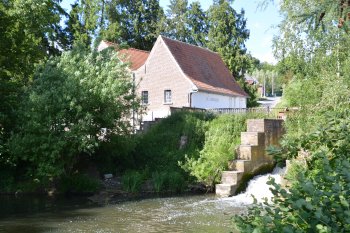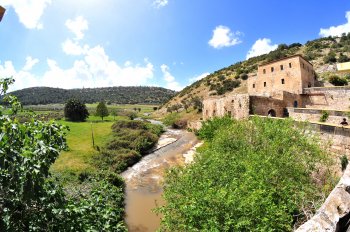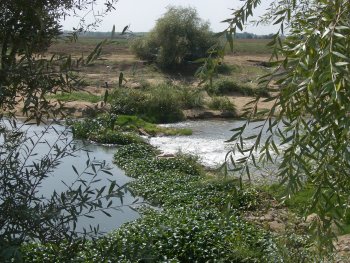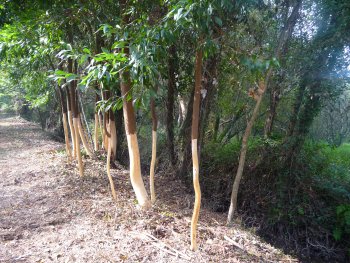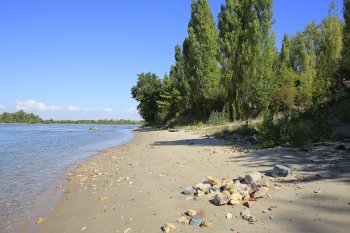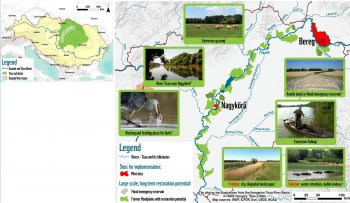UNaLab - Retention pond, Vuores, Tampere, Finland
Treatment (retention and sedimentation) of urban runoff from new housing around Tervaslampi park to complement the measures for enhanced stormwater quality and quantity management in the Vuores area. Vegetation is selected from the local species to support biodiversity. Additionally, the area is equipped with the information sign introducing the NbS and its functions.

